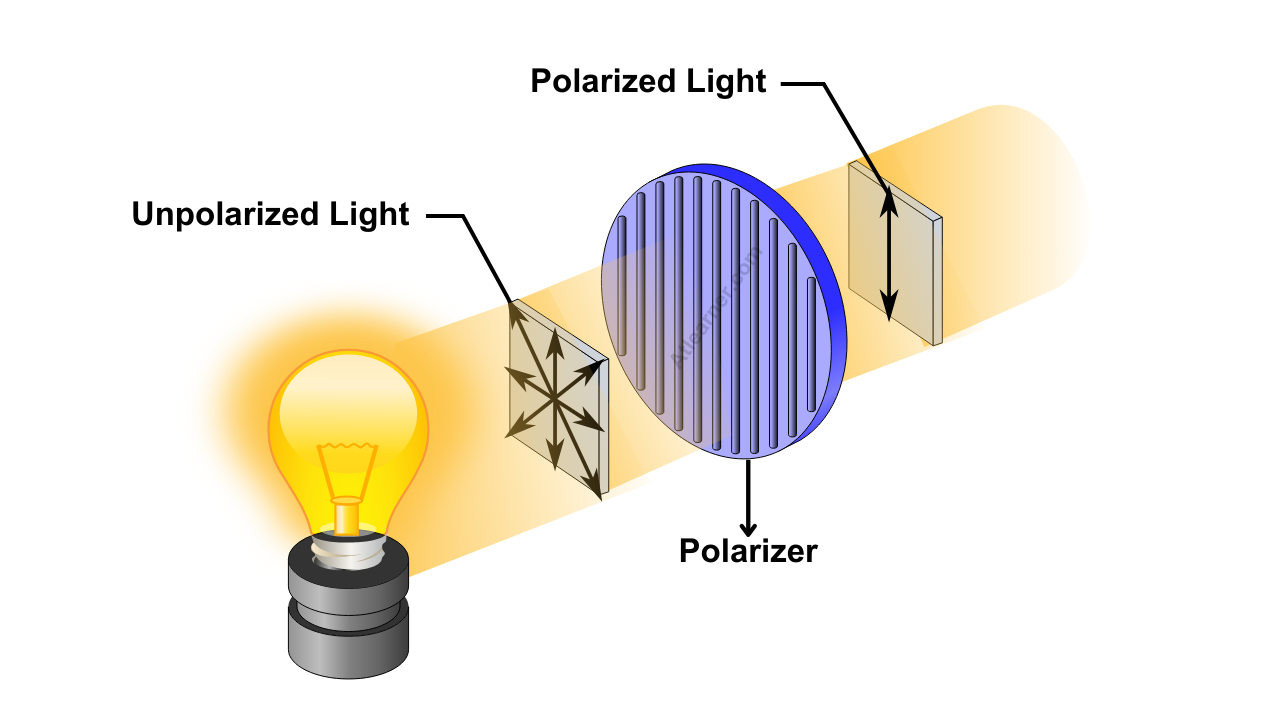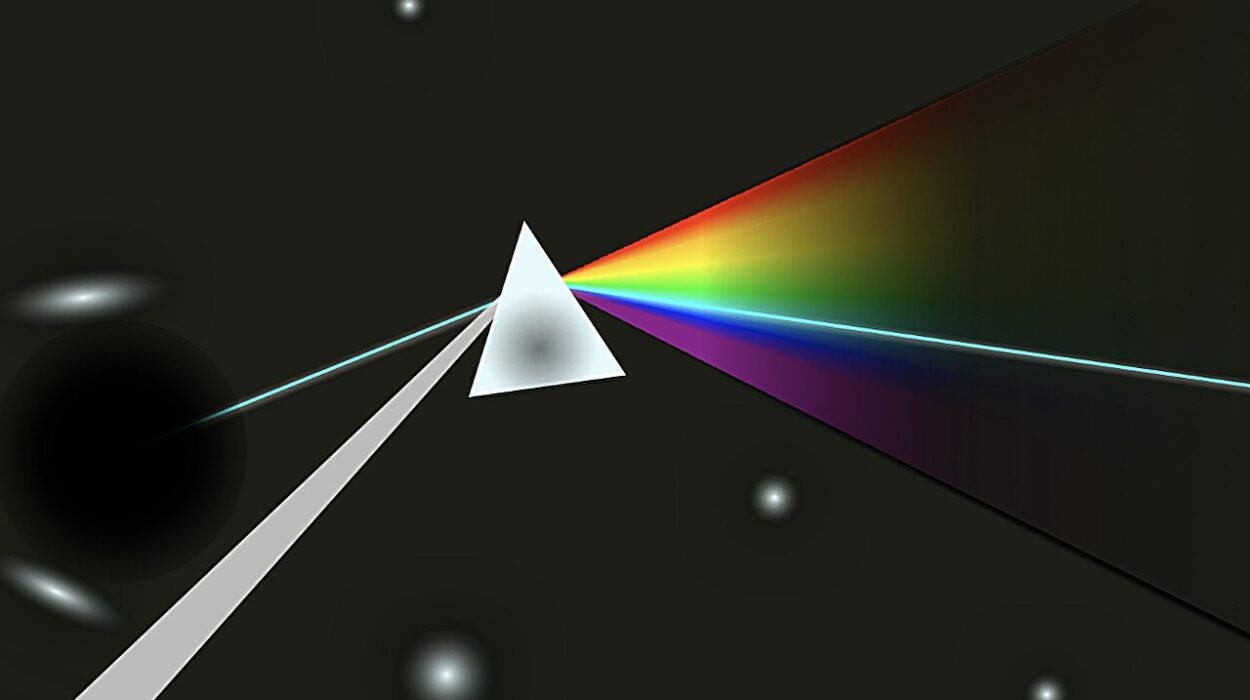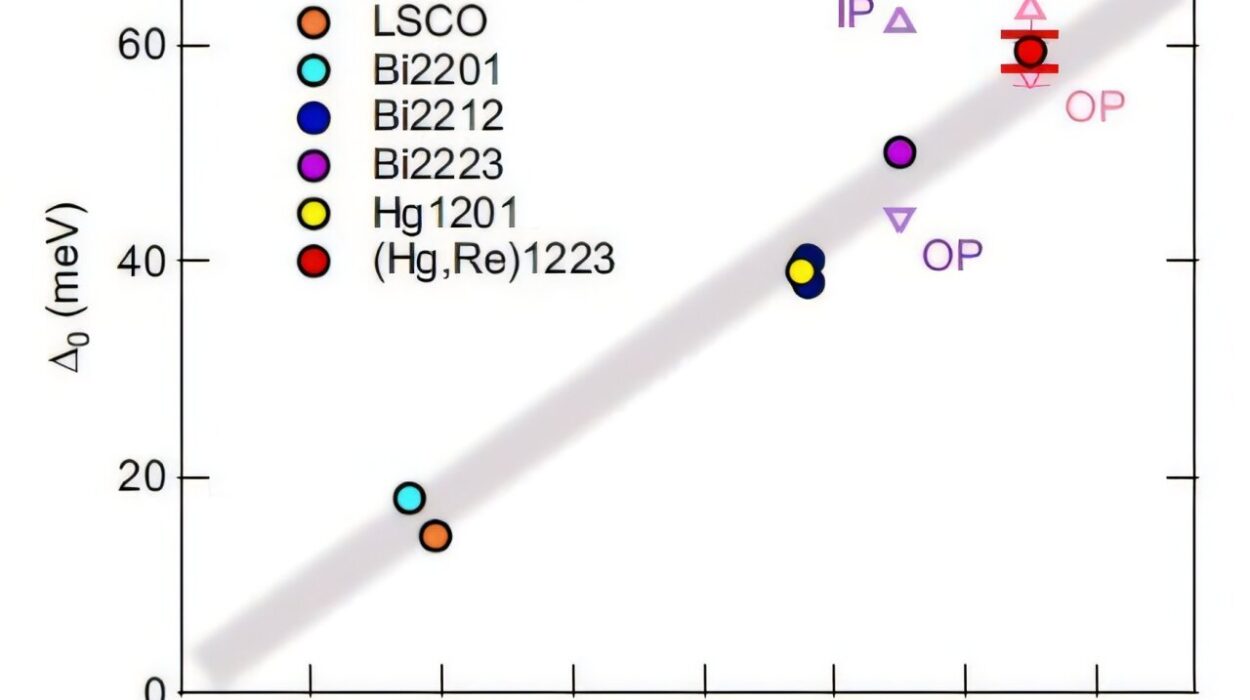When we think of light, we often imagine what our eyes can perceive: the colors of a rainbow, the glow of the sun, or the soft flicker of a candle. But light is more than a visual experience—it’s a phenomenon rooted deeply in the fundamental laws of physics. One of its lesser-known, but fascinating properties is polarization. You might have heard the term when buying sunglasses or reading about 3D movies, but polarization is a window into the very nature of light itself. It tells us that light is not just a stream of energy—it’s an oscillating wave with a specific orientation. This orientation, or “polarization,” carries profound implications in physics, technology, and our understanding of the universe.
So what exactly is polarization? Why does it matter? And how do physicists detect or manipulate it? In this deep dive, we’ll untangle the nature of polarized light, explore how it interacts with matter, understand its role in modern technology, and marvel at how this subtle phenomenon reveals the unseen geometries of the world around us.
The Wave Nature of Light: Setting the Stage
To understand polarization, we need to revisit a central concept in physics: light behaves like a wave. In classical physics, light is described as an electromagnetic wave—a self-propagating combination of electric and magnetic fields that oscillate perpendicular to each other and to the direction in which the wave is traveling.
Imagine a wave moving through space: as it travels forward, the electric field may oscillate up and down (like a vertical sine wave), while the magnetic field oscillates side to side (a horizontal wave), both perpendicular to the direction of travel. The direction in which the electric field oscillates defines the light’s polarization.
If the electric field always oscillates in a single, consistent direction—say, vertically—then the light is said to be linearly polarized. If the electric field rotates as the wave propagates, the light can be circularly or elliptically polarized, depending on how the electric vector rotates and the relative strength of its components.
This orientation isn’t something the human eye can detect directly, but it plays a critical role in how light behaves when it encounters matter—how it reflects, refracts, or gets absorbed.
Natural Light: A Chaotic Orchestra
The light we encounter in everyday life—from the sun, incandescent bulbs, or flames—is generally unpolarized. This means the waves vibrate in all possible directions perpendicular to the direction of travel. Imagine a wave traveling toward you, but the electric field is not just vertical or horizontal—it’s a tangled collection of directions: up, down, left, right, diagonal, and everything in between. The sum of all these orientations creates what we call unpolarized light.
But nature has its way of filtering and organizing these waves. Certain interactions can strip away some orientations, revealing the underlying polarization. Reflection, scattering, and certain materials can act as sieves, allowing only light waves with a specific orientation to pass. This is where things start to get interesting—and useful.
Polarization by Reflection: Nature’s Filter
Have you ever noticed that the glare from water or glass seems more intense and directional? That’s because light reflecting off a surface can become polarized. When unpolarized light strikes a reflective surface, such as a calm lake or a glass window, the reflected light becomes partially polarized, especially at a specific angle known as Brewster’s angle.
At Brewster’s angle, the reflected light is completely polarized perpendicular to the plane of incidence. The science behind this lies in how electric fields interact with the electrons in a reflective surface. Certain orientations get absorbed or canceled out, and what’s left is a wave oscillating in a narrow range of directions.
This phenomenon is harnessed in polarizing sunglasses, which reduce glare by blocking horizontally polarized light—the dominant orientation in reflected glare from horizontal surfaces. This not only enhances visual clarity but also reduces eye strain, making these sunglasses popular among drivers, skiers, and fishermen.
Polarization by Scattering: Why the Sky Is Polarized
Polarization doesn’t only occur through reflection. One of the most beautiful and subtle demonstrations of natural polarization is found in the sky itself. Light from the sun becomes polarized as it scatters through Earth’s atmosphere. This is known as Rayleigh scattering, the same process that makes the sky appear blue.
When sunlight enters the atmosphere, it interacts with air molecules, bouncing off them and scattering in different directions. The scattered light waves tend to become polarized perpendicular to the direction of the sun. In fact, at 90 degrees from the sun in the sky, the polarization is at its maximum.
This phenomenon was once used by the Vikings, who may have used sunstones—natural crystals that detect polarized light—to navigate on cloudy days. Even today, some insects and birds use the polarization of skylight to orient themselves and navigate.
Polarization by Transmission: Polarizers in Action
We’ve talked about how nature can polarize light, but humans have also devised ways to control it. Polarizing filters or polarizers are materials designed to allow only light of a specific polarization to pass through. These can be made from long-chain molecules aligned in a particular direction, which absorb the electric field component that oscillates in the same direction as the molecules. The result: light that comes out of the filter is polarized perpendicular to the absorbing direction.
When you stack two polarizers and rotate one of them, the transmitted light changes dramatically. At 90 degrees to each other, the polarizers block all light—an effect that underpins technologies ranging from photography to LCD screens.
The ability to selectively transmit light based on its polarization opens a realm of possibilities in optics and technology, from reducing reflections in camera lenses to controlling light intensity in scientific instruments.
Types of Polarization: Linear, Circular, and Elliptical
Polarization isn’t a one-size-fits-all concept. As mentioned earlier, light can be polarized in different ways depending on how the electric field vector behaves over time.
Linear polarization is the simplest, where the electric field oscillates in a single plane. This is what most basic polarizers produce.
Circular polarization arises when the electric field rotates at a constant rate as the wave propagates, tracing out a circle in a plane perpendicular to the direction of travel. If the electric field rotates clockwise, it’s called right-handed circular polarization; if counterclockwise, it’s left-handed. This type of polarization can occur naturally or be produced using special optical elements called quarter-wave plates.
Elliptical polarization is a more general case where the electric field traces out an ellipse. This happens when the two perpendicular components of the wave have different amplitudes and/or are out of phase. Circular and linear polarizations are special cases of elliptical polarization.
Each type of polarization interacts with matter differently, revealing or hiding features depending on the material’s structure and orientation.
Polarization in Optical Devices and Technology
Understanding and controlling polarization has led to numerous technological advances. One of the most familiar applications is in liquid crystal displays (LCDs). LCD screens use polarized light to control which pixels are visible. Inside these screens, liquid crystals twist and align in response to electric fields, changing the polarization of passing light and thus controlling its passage through another polarizer. This precise manipulation of light’s orientation enables sharp, vibrant displays in everything from smartphones to televisions.
Polarimetry, the study and measurement of polarization, is another crucial application. Polarimeters are used in chemistry to study optically active substances—compounds that rotate the polarization of light. This can help determine the concentration or purity of solutions, particularly in pharmaceutical manufacturing or biochemical research.
Optical communication systems also rely on polarization. In fiber optics, polarization-maintaining fibers preserve the orientation of light over long distances, ensuring data integrity. Engineers can also encode information into different polarization states, effectively doubling communication channels.
Even in medicine, polarized light microscopy enhances contrast in biological tissues, allowing researchers to observe structures like muscle fibers and collagen with greater clarity.
Polarization in the Quantum World
While polarization is often discussed in classical terms, it also plays a significant role in quantum physics. In quantum mechanics, the polarization of a photon (a quantum of light) can be thought of as a two-level system—similar to a bit in computing, but capable of existing in a superposition of states. This makes it ideal for use in quantum information and quantum cryptography.
One of the most famous experiments involving polarization is the Bell test, which explores whether quantum entanglement can violate classical expectations. By measuring the polarization correlations between entangled photons, physicists have demonstrated that quantum particles are linked in ways that defy local realism—Einstein’s cherished principle.
Polarization also enables quantum key distribution (QKD), a method of secure communication where the encryption key is encoded in the polarization states of photons. Any attempt to eavesdrop on the transmission changes the polarization, alerting the communicating parties to the intrusion.
Polarization in Nature and Animal Vision
Humans may not see polarization naturally, but many animals can. Certain species of insects, birds, fish, and cephalopods have evolved the ability to detect polarized light. This gives them unique advantages in navigation, hunting, and survival.
Mantis shrimp, for instance, possess one of the most complex visual systems known, including the ability to see circularly polarized light. This ability helps them detect prey, communicate, and even recognize different species.
Bees use patterns of polarized skylight to navigate back to their hives, even on cloudy days. Cuttlefish and octopuses may use polarization cues to blend into their surroundings more effectively, perceiving contrasts invisible to predators or prey.
This hidden layer of perception suggests that polarization is not just a scientific curiosity—it’s a fundamental part of the visual reality for many creatures, shaped by millions of years of evolution.
Polarization in Astronomy and Cosmology
Beyond our planet, polarization provides a tool for probing the universe. Astronomers use polarized light to study distant stars, galaxies, and cosmic dust. Polarization patterns in starlight can reveal the presence of magnetic fields or the alignment of interstellar dust grains.
One of the most exciting frontiers in polarization research is the cosmic microwave background (CMB), the afterglow of the Big Bang. Tiny polarization patterns in the CMB encode information about the early universe’s structure and evolution. Detecting these patterns with exquisite precision could help confirm theories of cosmic inflation or even provide evidence for gravitational waves from the universe’s earliest moments.
This makes polarization not just a tool of terrestrial optics but a bridge to the most profound questions in cosmology.
Conclusion: Orientation as Revelation
Polarization may begin as a detail—a subtle twist in the orientation of a wave—but it unfolds into a grand narrative about the nature of light, matter, and reality itself. It’s a property that reveals the structure of molecules, the direction of the sky, the secrets of crystals, and the behavior of photons at the quantum level.
From sunglasses to quantum computers, from animal vision to the Big Bang, polarization connects the visible and invisible, the practical and the theoretical. It’s a testament to how a simple idea—directionality in a wave—can open doors to some of the deepest insights in science.
So the next time you look at the glare off a lake, wear polarized sunglasses, or adjust the brightness on a screen, remember: you’re not just interacting with light. You’re engaging with one of the most elegant and revealing properties of the electromagnetic world—a silent but profound orientation that shapes what we see and what we know.






